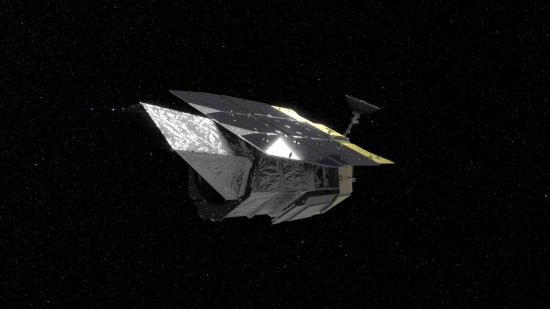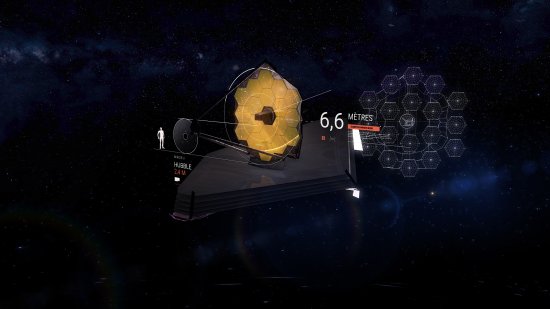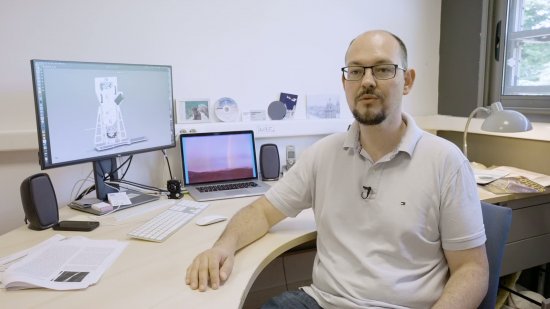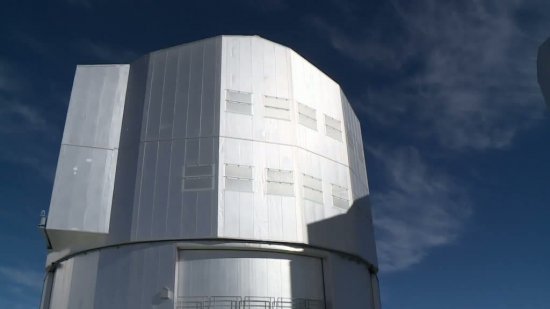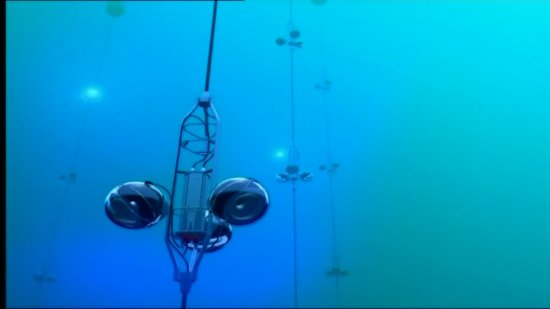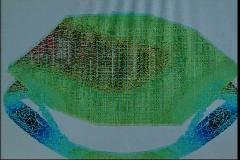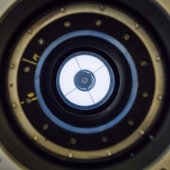
Laboratoire d'Astrophysique de Marseille (LAM)
MARSEILLE CEDEX 13
The LAM's research teams conduct programs in the fields of cosmology, galaxy formation and evolution, the interstellar medium, the formation of stellar and planetary systems, the solar system, and astronomical instrumentation. For the past 40 years, the LAM has been involved in numerous space experiments and major ground-based observatory programs.
